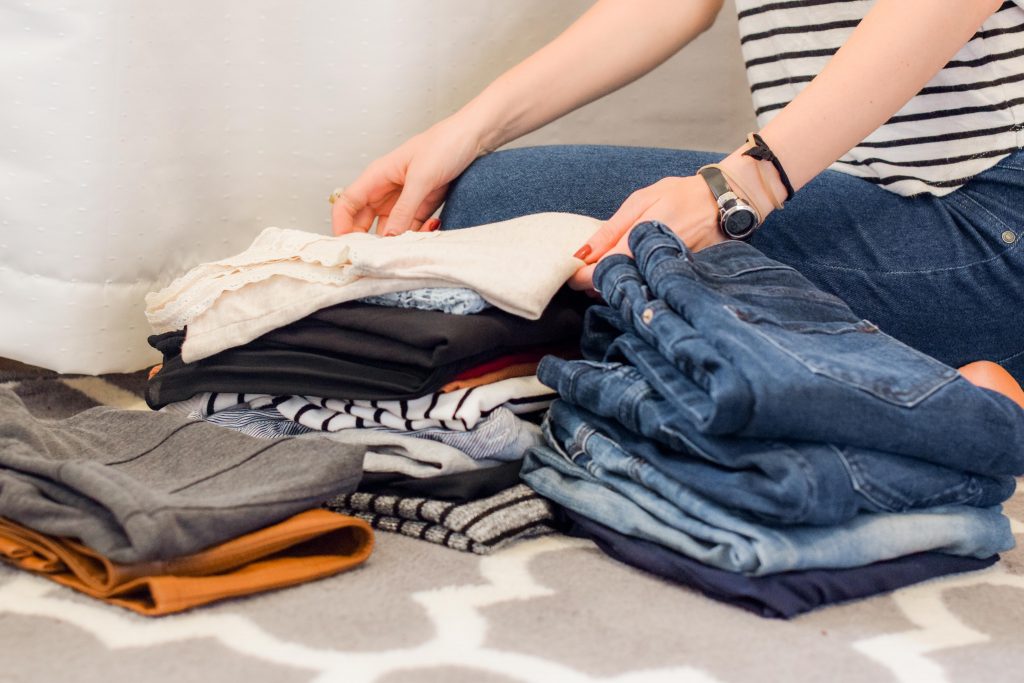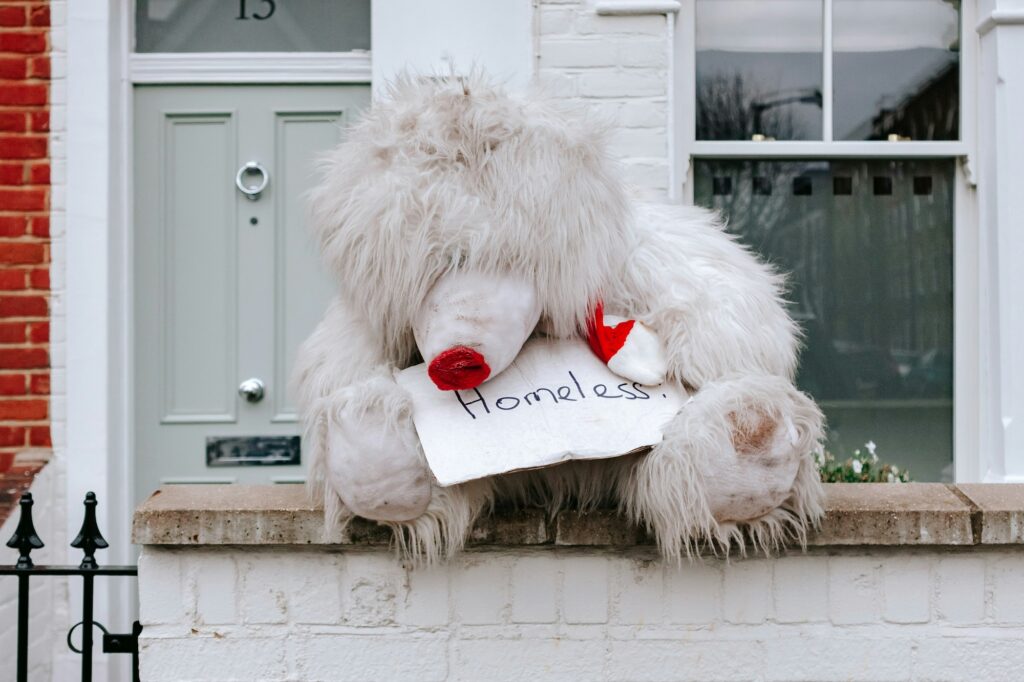Caroline Gregory argues that clear messaging about appropriate aid should be accompanied by removing barriers to volunteering.
When Russia invaded Ukraine, the response in Wales was similar to the response across Europe and beyond.
Outrage, disbelief and a pressing feeling of helplessness led to an explosion of volunteer-led efforts, typically collecting donations of everything from food to clothes and medical supplies. As halls, churches and living rooms across the nation filled up, the difficult dichotomy of helping while actually hindering raised its head once more.
In the light of the Welsh government’s aims to develop the circular economy, more creative solutions are needed to deal with aid collected in crisis situations.
As any disaster response charity will tell you, collecting old clothes is not only usually useless, it often causes serious problems. In the current situation it is even less appropriate; a Ukrainian mother carrying as many of her life’s possessions in suitcases as she can, looking after three children, will not be stopping at the border to pick up your grandad’s old holey jumper. As piles of dumped ‘aid’ began to line roads around Ukraine’s borders, the majority of it only suitable for landfill before it even left home, the well-worn clash between those more experienced in this work and those just looking to help began once more. NGOs joined the call for the efforts to stop, with limited success. People become invested in the aid endeavour and experience, enjoying the excitement of seeing their communities respond generously and feeling the buzz we all get from helping others.
The cost of dealing with this aid, let alone transporting it, is immense. Millions of hours and gallons of petrol are wasted in collecting donations, sorting them and arranging travel and transport to Ukraine. Hours and money that could do so much good if channelled more usefully.
In the light of the Welsh government’s aims to develop the circular economy, more creative solutions are needed to deal with aid collected in crisis situations. This is not the only aspect needing a better approach, however. If we ask people to donate money or time instead of soft toys, does this raise a barrier for those who may not have pounds or hours?
Formal studies have shown for some time that volunteering is a predominantly white, middle-class activity, including in Wales. This even filters down to the likelihood of volunteering related to the economic status of specific areas of Wales.
Discussions and debates that drive Wales forward.
Join Wales’ leading independent think tank.
However, a deeper delve into the statistics does show that, with some justification, these investigations are not able to cover all types of volunteer activity. Some studies use charity statistics on the demographics of their volunteers, while others use self-reported information, but both methods fail to encompass the scope of unpaid philanthropic activities taking place.
Throughout the world, informal volunteering is much more common than helping a registered charity, and it has been shown that people responding to surveys simply fail to recognise many of their activities as the volunteering they really are, whether that is caring for a relative to fill in gaps left by official systems or providing refreshments at a place of worship. There is considerable intersection between the demographics of those most likely to be involved in these types of efforts but not formal volunteering, such as the example of non-white communities being more likely to care for the extended family at home.
‘Interviewing is very middle-class and formal. Isn’t community volunteering just turn up and pitch in? We need to find a way to recruit safely without putting up unnecessary barriers.’
While these tasks often have much greater value to society than formalised volunteering, as they plug gaps left by welfare provision and reduce the so-called burden on society and systems at large, unfortunately they do not come with the same advantages. Formal volunteering has been shown to decrease loneliness, improve physical and mental health and bolster employment opportunities and career prospects. Ensuring that those most in need of these advantages can access them is a challenge that must be addressed by charities and every group that uses volunteers.
Mark Seymour, project manager at refugee welcome group The Gap Wales, questions whether charities have inadvertently generated some of these hurdles themselves. ‘I think some of the systems charities put in place around volunteering create obstacles. Do our application forms, references and interviews put people off? Interviewing is very middle-class and formal. Isn’t community volunteering just turn up and pitch in? We need to find a way to recruit safely without putting up unnecessary barriers.’
While this lack of integration can continue online, social media is often the point at which barriers are crossed and information is shared. This leads to both the proliferation of unhelpful aid efforts, where posts requesting old clothes are shared with a simple click. But social media can also help form creative solutions that focus on what people can actually offer, rather than simply denouncing actions which are misguided. When Llŷr Jones, a sheep farmer from Conwy, found out that post-Brexit restrictions meant taking aid out of the UK was complicated and expensive, he adjusted his plans. A social media post from a Ukrainian farmer calling out for 4 x 4s led to him taking a Land Rover and a donated Ifor Williams trailer instead.
Greater mixing across social divides has its own benefits, of course, but the advantages go far beyond integration. Deeper involvement in charity work is itself part of the solution to channelling aid efforts, as it shortens the journey between donor and recipient and fosters greater understanding of the needs and challenges. It was only once volunteers were on the ground in the Calais Jungle that they found out the wet outdoor conditions meant wool clothing or bedding was unsuitable, but so were wellies due to the distances being walked by refugees. These nuances are lost between the reality of a crisis at one end, and the media presentation at the other end – often the only information available to people wanting to help. Any group involved in disaster relief continually treads a line between turning away useless aid and dampening the enthusiasm to help. All such groups and charities also bear a responsibility to remove barriers to volunteering for the sections of society least involved, since doing so will in itself solve many of the problems of inappropriate aid efforts.
All articles published on the welsh agenda are subject to IWA’s disclaimer.





